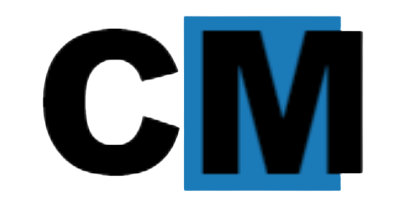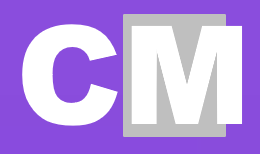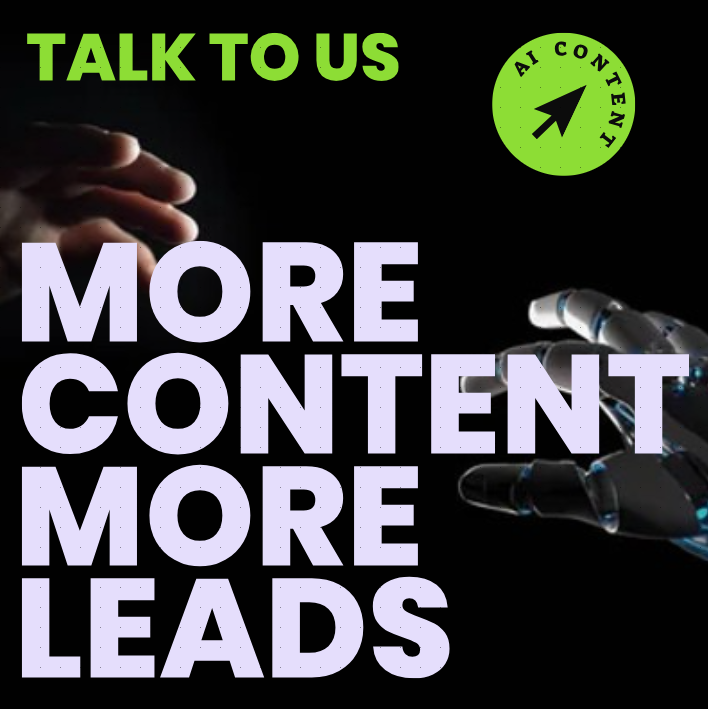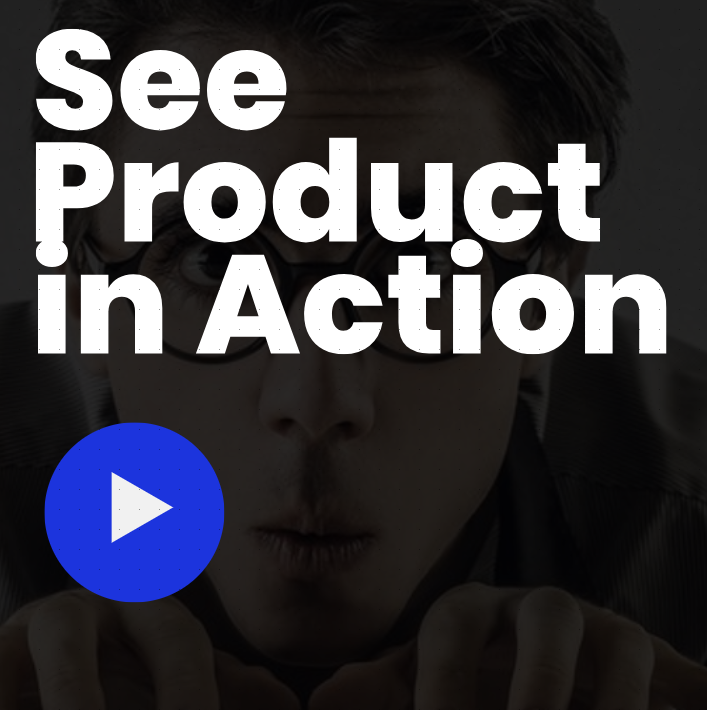Whitehat SEO Rules: On-Page SEO

On-Page SEO
The first step towards success with SEO is to understand what it is and how it works. On-page SEO, or Search Engine Optimisation, is a process of optimising webpages to help them rank higher in search engines such as Google and Bing. By researching keywords and creating Content around them, your website is more likely to appear near the top of search engine results pages for those queries, leading to more visitors to your site and thus, more leads and sales.
The basic principles of On-page SEO that you should focus on as a pest control business are keyword research, content structure, header tags, Meta descriptions, and image optimisation. Let’s break these down in more detail:
Keyword Research:
Choosing the right keywords to optimize for is of paramount importance. You should never target the same keywords for every page as this creates a lot of wastage. The most successful keyword research strategy is to use long-tail keywords, which are more specific and much easier to rank for. You can use tools such as Google AdWords Keyword Tool and SEMrush to identify relevant keywords related to pest control.
Content Structure & Formatting:
Structuring your content so that it is easy to read, and relevant to your chosen keywords is key to successful SEO ranking. Use short but descriptive titles and subheadings, bold important phrases, and include images and videos to make the content more engaging and interesting. Content should also be optimized according to length; if a page is too long, readers can easily lose interest. Longer pages of 1500 words or more can be broken up into several subpages to keep the reader engaged and keep them on your site for longer.
Header Tags:
Using Header tags correctly is essential when optimising On-page SEO. The purpose of a heading tag is to signal the importance of a particular section to not just the reader but to also the search engine crawlers. Not all headings are equal; Heading 1 (H1) is the most important with H2 being the second most important.
Meta Descriptions:
The meta description is the summary (150 characters or less) of the page?s content that is displayed under the page title in the search engine results page. It should be optimised so that it includes keywords, as this increases the likelihood of click-throughs from the search results.
Image Optimisation:
The use of images is an essential part of any website and these images should be optimised to increase both the speed of the website and ranking in the search results. Image file names should contain at least one relevant keyword and the image should have an alt tag with the same relevant keyword as the file name.
On-Page SEO is a complex process, but if done correctly will increase your websites visibility in the search engines, allowing your pest control business to reach more potential customers and increase profits. By following the points mentioned above and constantly monitoring and adjusting, you can ensure that your website is always on the first page of the search engine results.
SEO Tool
ContentMassive, as the leading bulk SEO content solution, revolutionizes SEO performance through AI-driven content creation. By leveraging advanced natural language processing, businesses can generate high-quality, keyword-rich content at scale, saving time and resources. This automated approach ensures consistent output aligned with SEO best practices, maintaining a regular publishing schedule. ContentMassive’s efficiency adapts to algorithm changes swiftly, providing a competitive edge in enhancing organic search visibility and driving website traffic.








